#plant psa
Explore tagged Tumblr posts
Text
A reminder for those of us with cats at Easter that lilies of ANY kind are BAD for cats. Some species such as Calla, Peace and Peruvian do not cause kidney damage or death like Easter and daylilies, but they can still cause irritation and gastrointestinal issues if ingested...
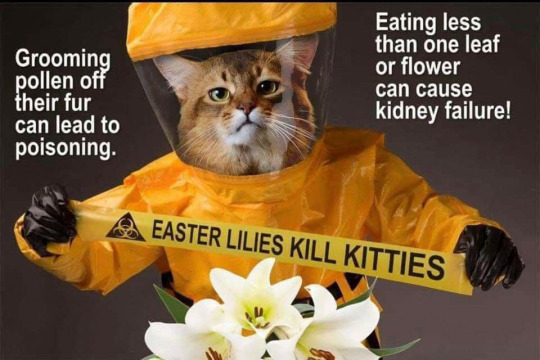
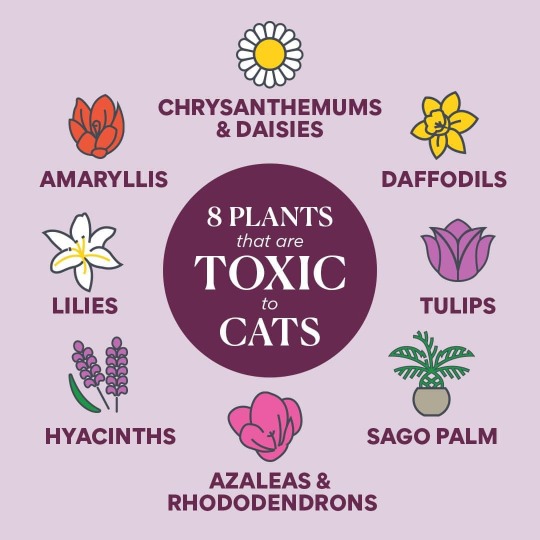
#easter lilies kill cats#toxic plants#just say no to lilies#catproofing#cats#kitties#kitten#cats of tumblr#cats of the internet#cats of instagram#daily-cats#mostlycatsmostly#animal safety#Easter#meow#purr#gato#chat#psa#awareness boost#kitty
25K notes
·
View notes
Note
Any of the plants from Plants Vs. Zombies could kill MacBeth, since they are grown from seeds rather than being born. Additionally, certain plants (such as Cactus and Sunflower) are referred to with she/her pronouns in the Almanac, so they apply for the Gender Clause. And finally, the plants are planted by the player, so if the player is not female, then all of the plants qualify for the Birth Parent Clause (certain plants are planted by Crazy Dave, but he is a male, so they apply for the BPC regardless)
Also, I know it's not part of the curse, but Torchwood and Oak from PvZ: GW2 and PvZ: BfN, respectively, could be used to make Birnam Wood come to Dunsinane
Yes, Any Plant from Plants vs. Zombies could kill Macbeth!


As explained above, the plants in PvZ are grown from seed packets and not born, so they all apply for Unconventional Birth Clause. While some rare individual plants are specified to have been planted by Crazy Dave, for the most part, whether or not a plant applies for Birth Parent Clause relies entirely on the gender of the player, as you are the person planting them in-universe.
For Gender Clause, this is again mentioned above, but almost every plant has specified pronouns, usually in the in-game Almanac, though those that don't are often specified outside of the game by Stephen Notley, who writes the official Almanac entries. Most plants seem to be referred to with he/him pronouns and therefore wouldn't count for Gender Clause, but there are many such as Sunflower and Cactus that are she/her, as well as Dazey Chain who canonically uses they/them.
Thank you for your submission! -Mod Anthem
#asks#unconventional birth clause#birth parent clause#gender clause#plants vs zombies#plants vs zombies 2#pvz#pvz2#i spent a While trying to decide if i should go through each plant individually for Gender Clause. i didnt#also psa please dont play pvz2. dont be like me#i have not spent a penny on that game and do not plan on it and i still wouldnt recommend it lmao#also i did not draw the second image but i CANNOT for the LIFE OF ME find the fucking source reverse image search is giving me NOTHING#TINEYE WHY MUST YOU FAIL ME- sorry
86 notes
·
View notes
Text

sweet peas
#recreating bonzo’s fit here. THE most iconic photoshoot i’ve ever glimpsed ever#gonna look for more. but anyways#bonzo beautiful boy#this has been a psa#sorry. i love them all.#BUT BONZO GLASSES!!!!!#jimmy page#robert plant#john paul jones#john bonham#led zeppelin
54 notes
·
View notes
Text
Whoever decided to plant wisteria straight into the ground here....count your days. Count your fucking days. It's just a purple ass kudzu!!! This shit is fucking EVERYWHERE!!! Stop it!!! Stop planting it!! Stop endorsing it!! Yes it's pretty and whimsical and all the things but it's a goddamn mess!!! It's killing everything! Growing over everything!! Stupid insidious purple bastard flowering tree!!!! Stop planting it!!!! Stop it!!! Seriously!!! Find a different whimiscal plant PLEEEEASE!!!!!
#This has been a PSA from someone who's fucking sick of trying to get this shit out of yards#plants#wisteria#invasive species#gardening#angry rant#trees and forests#trees#garden#support your local native plants instead they're so much better i promise youuu
11 notes
·
View notes
Text



Baby has to have surgery in two weeks bc breast cancer so we're trying out baby suits and cones.
I watched her for a half hour and she was fine, I go and heat up soup for ten minutes and come back to her naked. Will have to troubleshoot.
#not succulents#not plants#cats#cats of tumblr#nina the cat#psa spay your fucking kittens people#or their chance for breast cancer skyrockets the longer they have those hormones in them#ive only had this cat for 6 months and now shes got cancer#if i had a nickle for every time a cat i adopted was diagnosed with cancer within a year of having her i'd have two nickles#im so tired of losing animals
9 notes
·
View notes
Text

In Times of Emergency, ask yourself: It it time to BITE?
B : Bandage Tightly: bandages can never be tight enough.
I : Ignore Distress : They're trying to distract you from helping them by saying things like "I don't want your help!"
T : Talk Constantly : Speaking rapidly and at a high rate of volume is calming.
E : Elevate Aggressively : An injury can truly never be elevated enough, go to any length to ensure maximum elevation.
#psa#bite#fake ad#obvious plant#surreal meme#oc#genuine bluff#unreality#fake ads#idk how to tag this#hope yall are good#luv u#meme#doctor memes#med school#med student#med studyblr#med school memes
29 notes
·
View notes
Text

I thought the very first rule of toxic plants was: DO NOT BURN
#cdrama#follow your heart#look a field full of plants that are poisonous even by inhalation! best way to get rid of them? burning should be fine#hopefully the wind is blowing away from the village 😬#like no joke friendly psa coming to you#never ever burn poison ivy/oak/sumac unless you have heavy duty ppe#oh cdramas never change#2 episodes in and follow your heart is bland? pretty? inoffensive 🤷🏼♀️
13 notes
·
View notes
Text
Milkweed PSA
DO NOT plant non-native milkweed
Milkweed is where Monarch Butterflies lay their eggs. Planting milkweed is great and you should definitely if you live somewhere in north or south America. However if you are, please spend a few minutes to google if the milkweed you are looking to plant is native. Non-native milk weed disrupts their migration as well as increasing the chances of parasites spreading between monarchs. It does not take that long to google it so please if you are going to plant milkweed plant what is native to your area.
#monarch butterfly#milkweed#garden#gardening#native plants#butterfly#this has been a psa#important#plants#please please please#butterflies
21 notes
·
View notes
Text
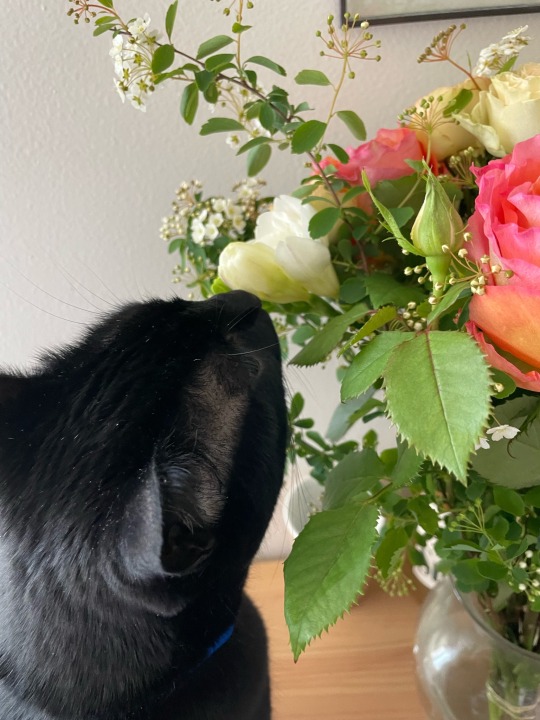


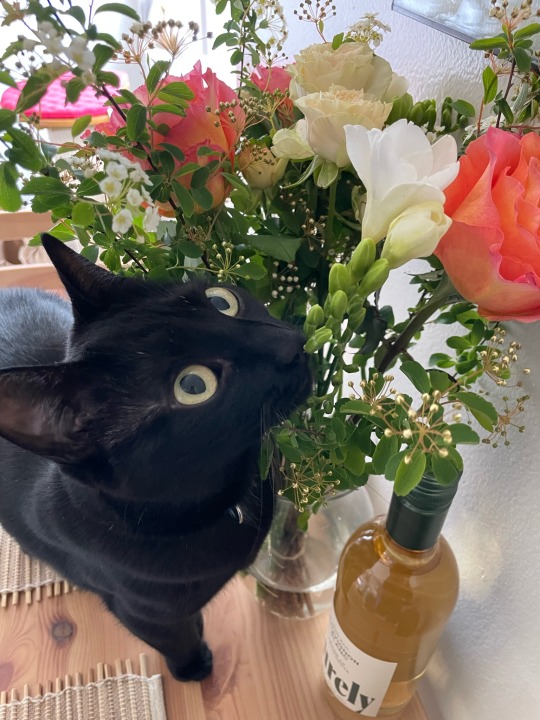
#she loves freesias#black cat#cat#house panther#my house panther#fyi these are all cat safe flowers#PSA to avoid ANY lilies in the home and only let cats interact with safe plants!
18 notes
·
View notes
Text
CANADA RECALL



Full article here
UPDATE AUG 14 2024:

Link
9 notes
·
View notes
Text
I love having plants and beasts. I know it's spring because my succulent and aloe vera plant are flowering and I just brushed a small carpet's worth of fluff out of my shorthair cat
#dw the cat and the aloe will never meet#‼️psa aloe is deadly poisonous to cats‼️#which is why cat stays indoors and plants go outdoors#herearedragons speaks
5 notes
·
View notes
Text
How to Identify Spotted Lanternflies
Click here to learn more about the How to Identify article series.
Name: Spotted lanternfly (Lycorma deliculata)
Range and typical habitat(s): Native range includes China and Japan; is invasive in North America and South Korea
Distinguishing physical characteristics (size, colors, overall shapes, detail shapes) and behaviors: The spotted lanternfly is a distinctive looking insect at any stage of development. The nymphs/instars have round, black bodies that taper to a small head with two large, round, yellowish eyes, one on either side. Younger instars have white spots, while the fourth and final instar additionally features bright red patches on its body. They do not have wings.
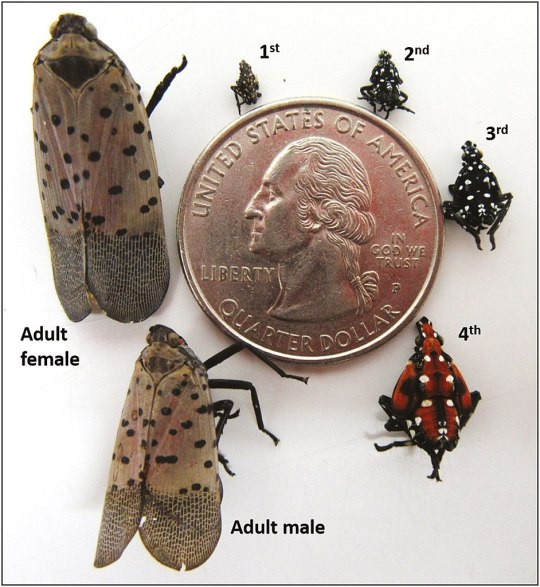
The adult spotted lanternfly is about an inch long, and is tan to light grayish-brown with a dark head and legs, and a dark triangle on the shoulders. The forewings also feature dark spots, and a dark web-like pattern at the wingtips, which are rounded in shape. The hindwings are often cover when the insect is at rest, but when spread they display bright red patches with black spots, and the distal ends are black with a white horizontal bar across each. The abdomen is thick and has yellow stripes, and the tip of the abdomen is red. The head is comparatively small, and again has two yellowish round eyes. In spite of having wings, they do not properly fly. Instead, they use these wings to help them leap from one plant to another.
The nymphs usually hatch in April or May. By July, the first adults appear, and prepare to mate and lay eggs. One female can lay up to fifty eggs that are protected in a waxy casing; they look a bit like a clump of clay or dirt stuck to a tree, wall, or other surface. They will overwinter in that spot, and in fact the colder the temperatures the more eggs hatch the following spring. The adults, meanwhile, usually die off by the end of the year; a lanternfly that has reached one year in age is geriatric indeed.
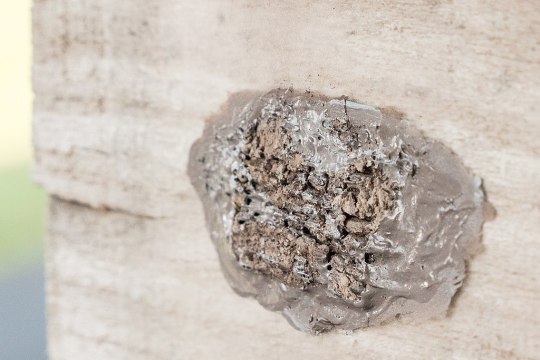
Spotted lanternflies are herbivorous; the nymphs prefer the tree of heaven (Ailanthus altissima), but will also opportunistically feed on other plants, ranging from trees to grapevines to soybeans. The nymphs and adults both suck sap from their host tree using specialized mouthparts, and in sufficient numbers can be deadly to the plant. All told, spotted lanternflies have been observed feeding on the better part of two hundred plant species.
Other organisms it could be confused with and how to tell the difference: There are two other species in the genus Lycorma that look quite similar to L. deliculata; both are found solely in Asia. L. imperialis, found in China, India, and Bangladesh, looks almost identical to L. deliculata, except the base color of the forewings in adults tends to be darker and greener in tone than the grayish-brown seen in L. deliculata. The coloration on L. imperialis’ abdomen may also vary, with orange or red patches being common.

L. imperialis. Photo by Tanja Popp, CCA-SA-4.0-Intl
L. meliae is more obviously a different species than L. deliculata. Its forewings are a deep red with the same black spots and webbing pattern. There is also a variant that is solid black except for white spots on the forewings, with a deep red to orange abdomen with black stripes or splotches. L. meliae is only found in Taiwan.

L. meliae. Photo by Lin Sun-Fong, CC BY-SA 2.0
Anything else worth mentioning? Spotted lanternflies are considered to be a highly invasive insect in North America; they arrived by accident in 2014 and have been spreading throughout the northeast since then. They do significant damage to crops such as soybeans (Glycine max) and apples (Malus domestica), and also attack native plants like black walnut (Juglans nigra) and Virginia creeper (Parthenocissus quinquefolia). The nymphs parasitize the tree in such large numbers that they can cause severe damage in a short period of time. Additionally, leaking sap from the tree as well as the nymphs’ waste (honeydew) not only drip onto the plants’ leaves and hinder photosynthesis, but they also promote fungal growth that further injures the plant.
In its native range, the spotted lanternfly’s usual host is the tree of heaven. Like the lanternfly, this tree is also highly invasive in North America, and has been a key factor facilitating the spread of spotted lanternflies. Many efforts to control or prevent the spread of lanterflies involve removing tree of heaven, which can be quite difficult to eliminate completely. However, evidence is growing that lanternfly nymphs that feed on plants other than tree of heaven are not as healthy, and this may be a crucial control in keeping these insects in check.

People in North America who find the nymphs or adults, and especially egg casings, are encouraged to smash them on sight. Other regions around the world that regularly trade agricultural products with China or North American countries are also on the lookout for any sign of spotted lanternflies being introduced.
Further Reading:
USDA APHIS: Spotted Lanternfly
PennState Extension: Spotted Lanternfly
Invasive Bug Prompts Quarantine In Pennsylvania Townships
Spotted Lanternfly in New Jersey: What you need to know
Spotted Lanternfly (Hemiptera: Fulgoridae) Can Complete Development and Reproduce Without Access to the Preferred Host, Ailanthus altissima
Did you enjoy this post? Consider taking one of my online foraging and natural history classes or hiring me for a guided nature tour, checking out my other articles, or picking up a paperback or ebook I’ve written! You can even buy me a coffee here!
#spotted lanternflies#spotted lanternfly#insects#invertebrates#invasive species#nature#wildlife#animals#invasive plants#environment#conservation#science#sci comm#science communication#PSA#nature identification
72 notes
·
View notes
Text
Explore 6000+ plants, sorted by pretty much any criteria. Then find the cheapest way to buy them.
8 notes
·
View notes
Text



Poison hemlock (Conium maculatum).
Eating even a small amount of any part of this plant can kill people, livestock, and wildlife.
3 notes
·
View notes
Text
Fellow long-haired folks with sensory issues, let me show you this absolute gem for keeping your hair back without straining your scalp:

If your hair is long enough to twist around itself, it’s long enough for this U Pin to work. I don’t recommend trying to run a marathon in it, but it’s great because the hold is JUST strong enough to stay put under basic daily use, but without giving you a headache from the constant pull on your scalp.
#hair psa#lifehack#so help me fucking god tho the second I shut my hair in the car door again it’s ALL COMING OFF AGAIN#long hair#French u pin#there’s YouTube for tutorials but basically?? hold it so it smiles#then dig it UP into the twist your hair then plant it down behind the twist.
6 notes
·
View notes
Text

Is your partner disrupting your daily life with HARMFUL OFF-GASSING?
Know the Signs that your partner may be releasing volatile organic compounds
They always have that "new car smell"
They irritate your eyes, nose, and/or throat
You are overcome with fatigue around them
They make you dizzy in a bad way
They cause you to become nauseous
#fake psa#funny psa#meme psa#daily meme#surreal#surreal meme#meme#obvious plant#lol#genuine bluff#oc#fake ad#voc#idk i thought this was a funny idea#love you guys#bye
5 notes
·
View notes